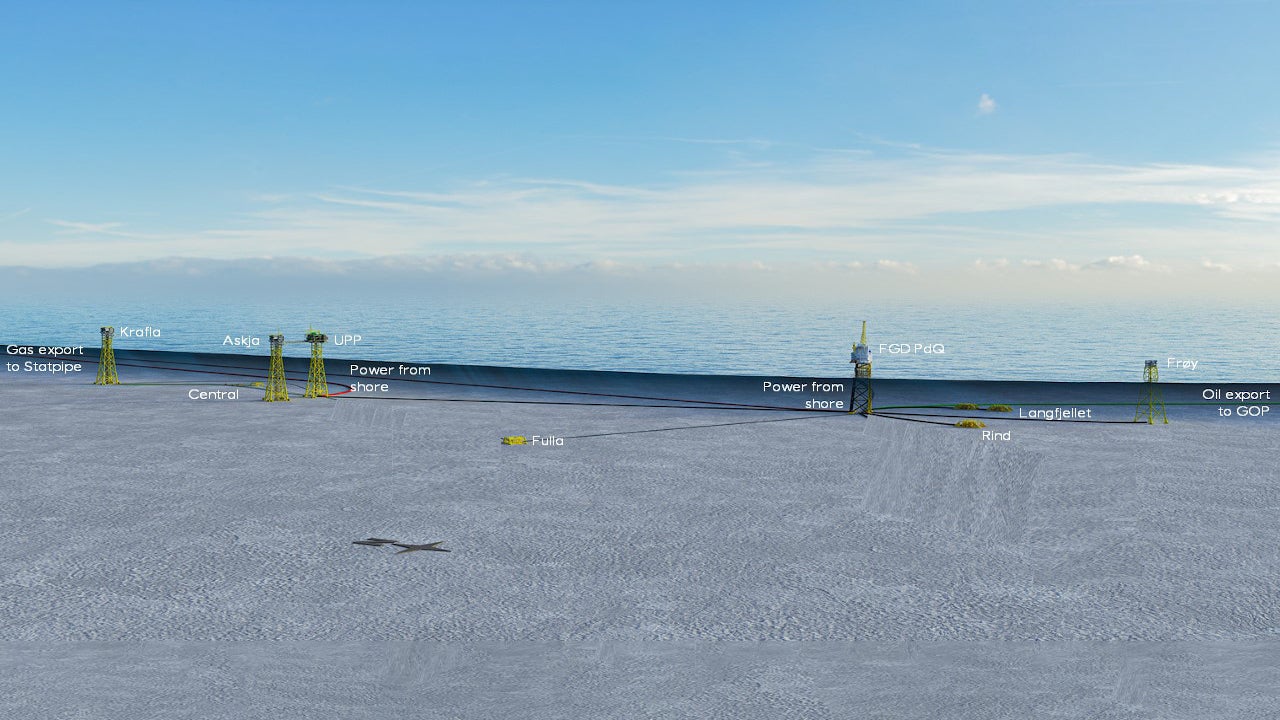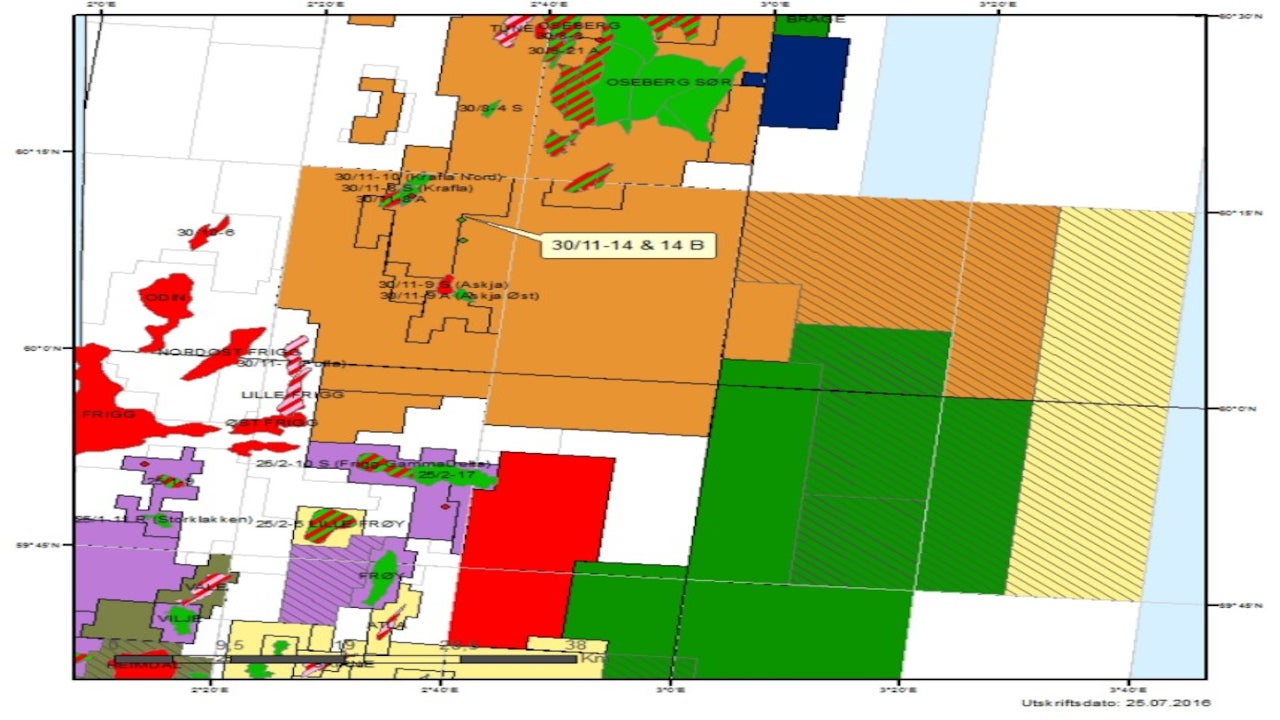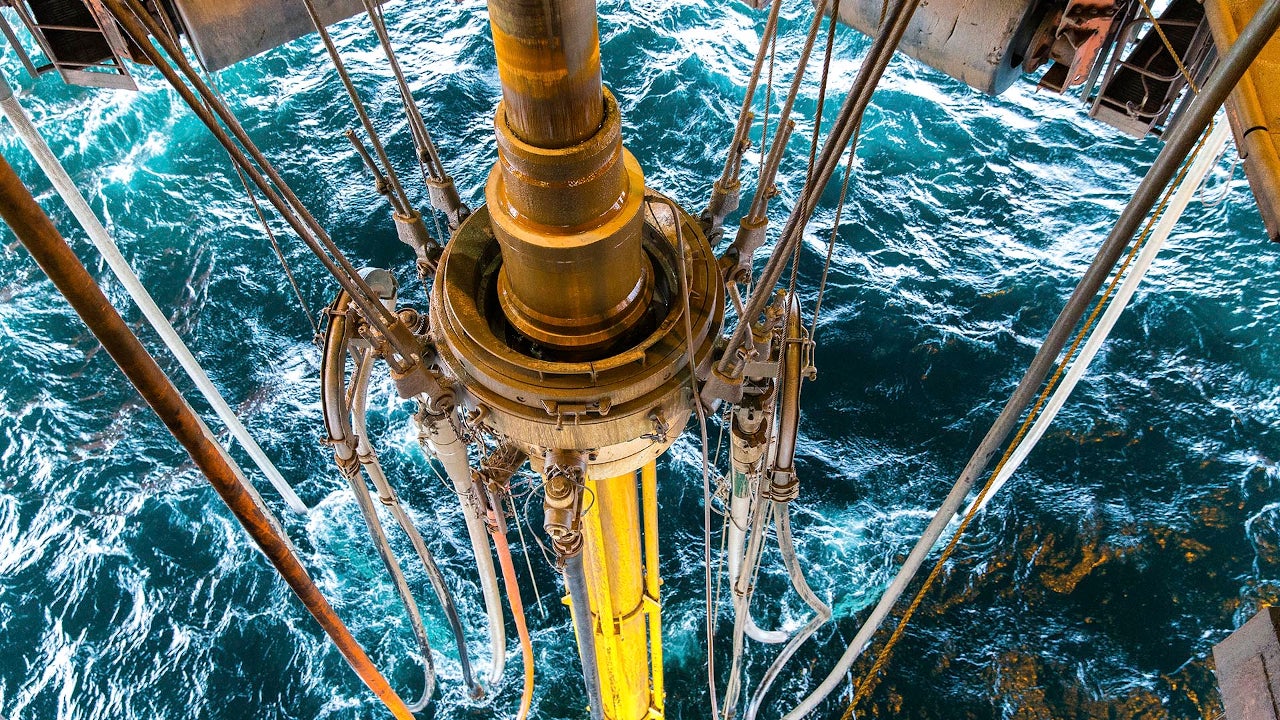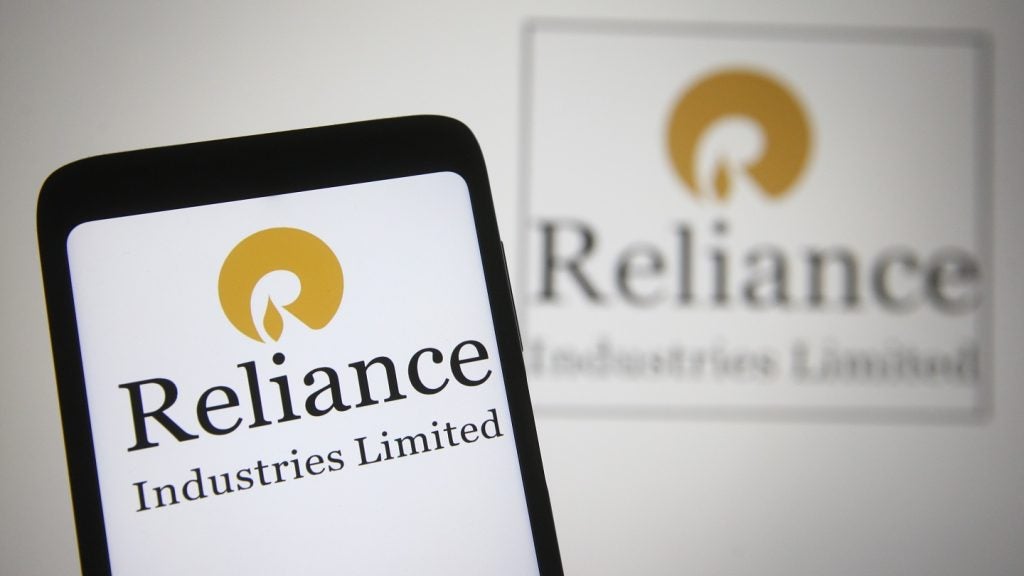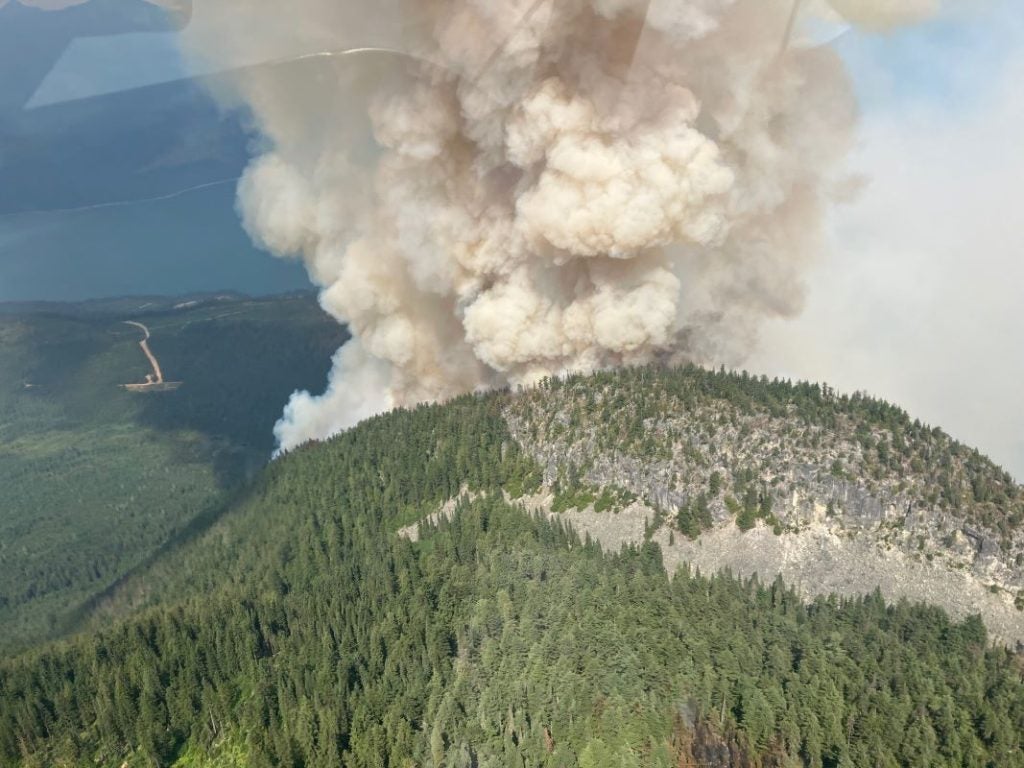Krafla is an oil and gas field proposed to be developed at a water depth of about 110m, approximately 35km south of the Oseberg oil field in the central part of the North Sea on the Norwegian Continental Shelf (NCS).
The Krafla licence area includes production licences (PL) 035 and PL272 encompassing five discoveries, Krafla Main, Krafla West, Askja West, Askja East and Krafla North.
The field is co-owned by Equinor Energy (operator, 50%) and Aker BP (50%). The companies reached an agreement for the comprehensive development of the NOAKA area, including Krafla, Fulla and North of Alvheim (NOA) licences in June 2020 following the changes to the Norwegian petroleum tax system.
Aker BP and Equinor already began preparations for the submission of the plans for development and operation (PDO) in 2022.
NOAKA area details
The NOAKA area stretches between Oseberg and Alvheim fields in the North Sea. The partners in the NOAKA licence area are Aker BP, Equinor Energy and LOTOS Exploration and Production Norge.
The development of the area will require an estimated investment of more than Nkr50bn ($5.3bn). The area is estimated to contain total recoverable reserves of more than 500 million barrels of oil equivalent.
Krafla field discovery and geology
The Krafla oil and gas field was discovered by drilling a discovery well 30/11-8 S, southwest of the Oseberg South field in the North Sea in 2011.
The reservoirs at the Krafla discovery hold oil and gas in the Middle Jurassic sandstone of the Brent Group at depths of 3,200m to 3,650m.
Appraisal details
An exploratory well, 30/11-10, was drilled to a vertical depth of 4,054m up to the Dunlin Group, approximately 1.6km north of the 30/11-8 S well at Krafla North in 2014. The well was drilled to prove the presence of hydrocarbons in Middle Jurassic reservoir sandstones in the Tarbert and Etive formations, as well as in the Upper Tarbert and Ness formations.
The well encountered poor-quality total oil columns of 80m and 20m in Tarbert and Etive formations, respectively.
Movable hydrocarbons of expected quality were encountered in the Ness formation. The well was delineated by the sidetrack 30/11-10 A well drilled on Krafla Main.
A wildcat well 30/11-13 was drilled to a vertical depth of 3313m, terminating in Ness formation, approximately 8km south-east of the 30/11-8 S well that proved the gas and condensate reserves in 2016.
The wildcat well 30/11-14 and its sidetrack wells 30/11-14 A and 30/11-14 B proved the oil, gas and condensate reserves.
The semi-submersible Songa Delta drilling facility was utilised to drill the 30/11-13 and 30/11-14 wells. Conducted between 2014 and 2016, the drilling campaigns found 11 discoveries in the Krafla, Askja and Central area, extending across 200km².
Krafla field development details
The Krafla field will be developed with an unmanned process platform. The gas produced at the Krafla field will be exported to Statpipe pipeline that connects gas fields in the northern North Sea to Norway’s gas export system.
Another processing platform, operated by Aker BP, will be installed in the NOAKA area in the south. Additional satellite platforms and tiebacks can be developed for various other discoveries in future.
Contractors involved
Aibel received a field engineering, concept and definition study project for Equinor’s Krafla field platform in September 2020.
IKM Ocean Design conducted the Krafla conceptual pipeline design study and field layout study.

